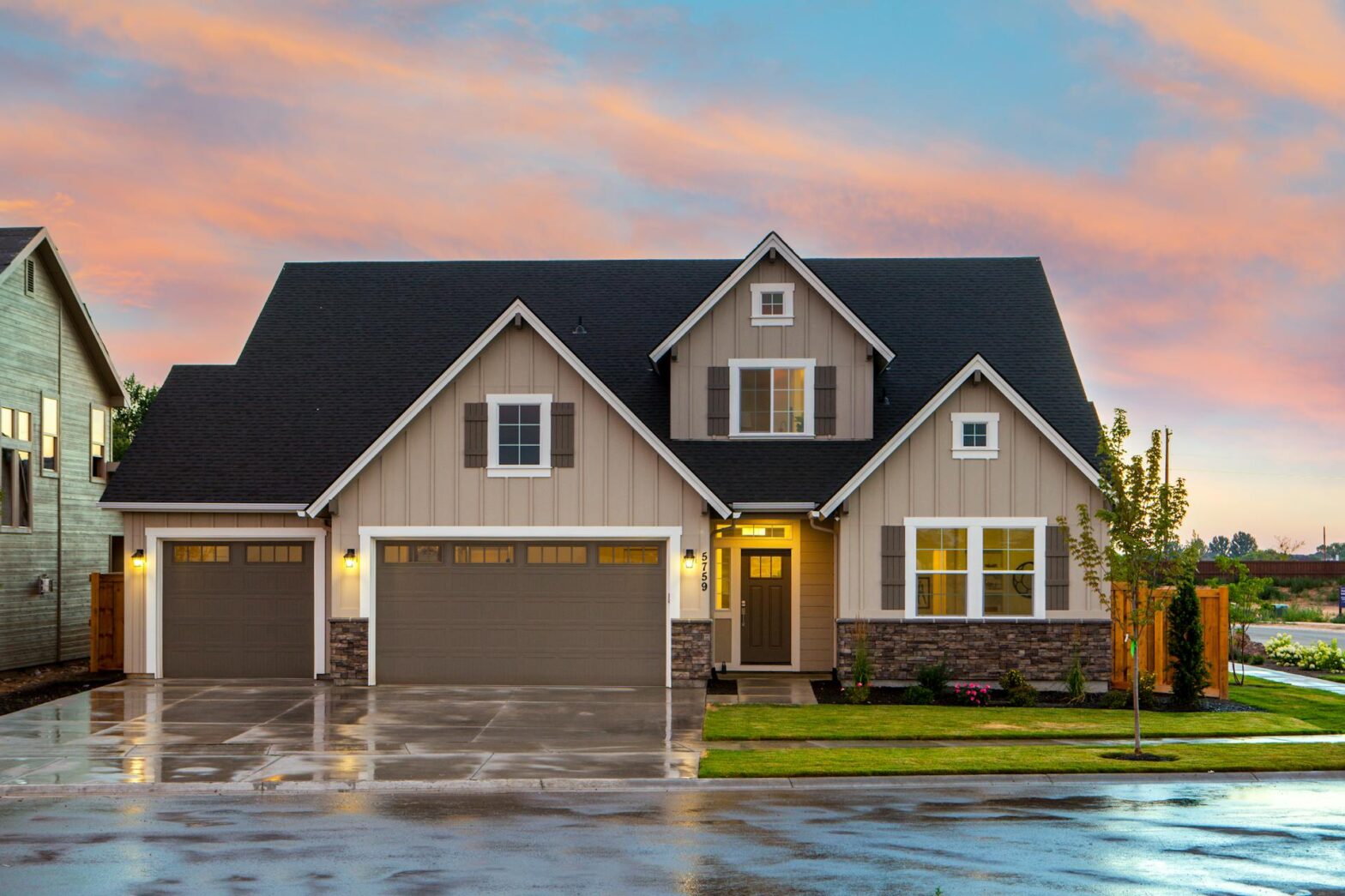Estimating the cost of installing vinyl siding over asbestos shingles involves various factors that homeowners need to consider. The critical elements that influence the cost include material prices, labor fees, and any preparatory work needed for safe asbestos handling. It’s essential to break these components down to get a clear financial picture.
Material costs can vary significantly depending on the quality and type of vinyl siding chosen. Homeowners also need to account for additional materials like insulation and trim, which can add to the overall cost. Labor fees are another major component. The safe handling and potential removal of asbestos shingles, which may require professional asbestos abatement services, will further impact the total expense.
Evaluating the Existing Roof Structure

Before installing vinyl siding over asbestos shingles, it’s crucial to inspect the current roof structure and understand relevant regulations and safety protocols.
Assessing the Condition of Asbestos Shingles
Begin by examining the asbestos shingles for damage. Look for cracks, crumbling, or missing pieces. These shingles are more fragile compared to modern materials.
Using a professional service like Roof Repair Indianapolis can provide a detailed assessment. They can identify areas that need immediate attention, ensuring the structure is safe for additional siding installation.
Understanding Local Regulations and Safety Protocols
Check local regulations regarding asbestos handling. Many regions have specific requirements for working with asbestos materials due to health risks. Contacting local authorities or a professional service can ensure compliance with laws. Roof Repair Indianapolis would have knowledge of local codes and standards, ensuring the work is done legally.
Implement proper safety protocols, such as wearing protective gear. If removal of asbestos shingles is necessary, following safe disposal methods is critical.
Cost Factors for Vinyl Siding Installation
Several key factors influence the cost of installing vinyl siding over asbestos shingles. These include material selection, labor and installation, as well as additional expenses that may arise during the project.
Material Costs and Selection
The cost of materials is one of the most significant factors in vinyl siding installation. Prices can vary depending on the type, quality, and brand of vinyl siding chosen. Jackson Contracting and other providers may offer different pricing tiers for materials. Accessories like trim, soffits, and fascia also contribute to the total material expense.
Careful consideration of material quality affects both upfront costs and long-term durability. Consulting with providers like Jackson Contracting ensures a clear understanding of available choices and associated costs.
Labor and Installation Considerations
The complexity of the project and the condition of existing asbestos shingles can impact these rates. Removing or encapsulating asbestos shingles safely often requires specialized skills and additional labor time.
Roofing Companies Indianapolis and other reputable contractors may offer detailed quotes that include labor aspects specific to asbestos. Experienced contractors not only manage asbestos safely but also ensure precise installation to avoid future issues.
It is essential to work with certified professionals who understand both asbestos handling and vinyl siding installation.
Additional Expenses and Contingencies
Additional expenses may arise from permits, waste disposal, and unforeseen repairs. Given the hazardous nature of asbestos, disposal fees can significantly add to the total cost. Permits for asbestos and siding work also vary by locality, potentially affecting the budget.
Preparation and clean-up require careful planning. This might include special equipment for handling asbestos or fixing underlying structural issues revealed during the project. Contractors like Jackson Contracting can help in estimating these hidden costs early in the planning process.
Contingencies, typically 10% to 20% of the project budget, should be included to cover unexpected expenses. Proper planning ensures that the total cost remains manageable and projects are completed without financial surprises.

































